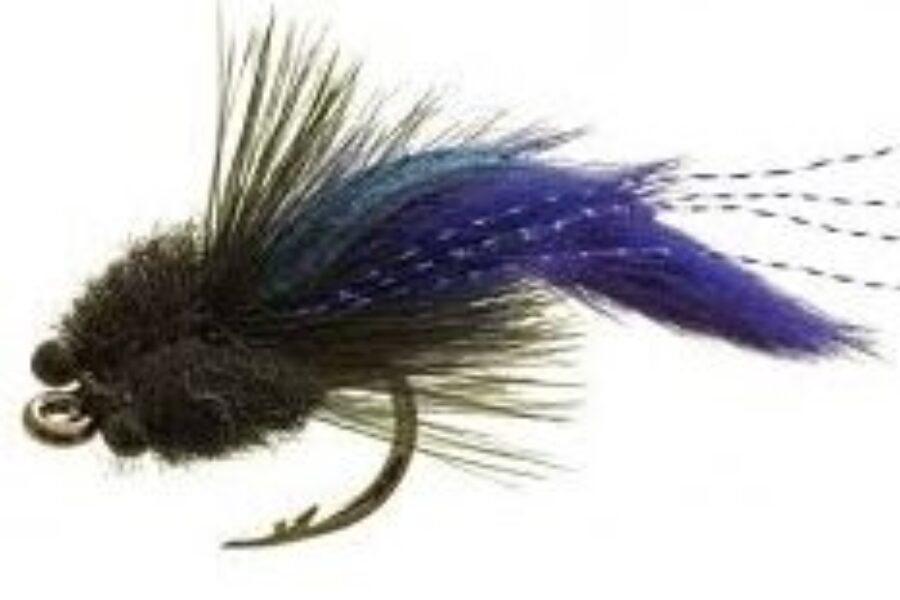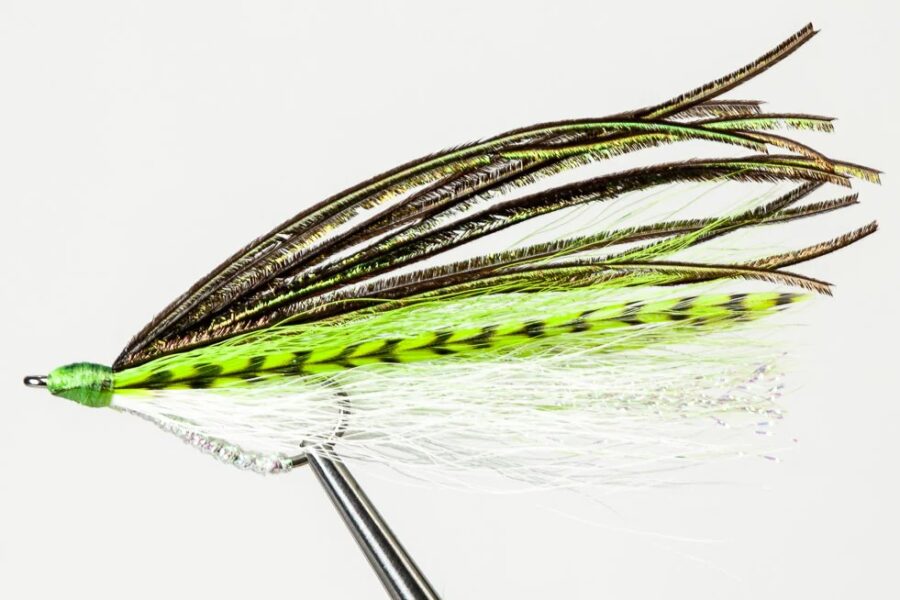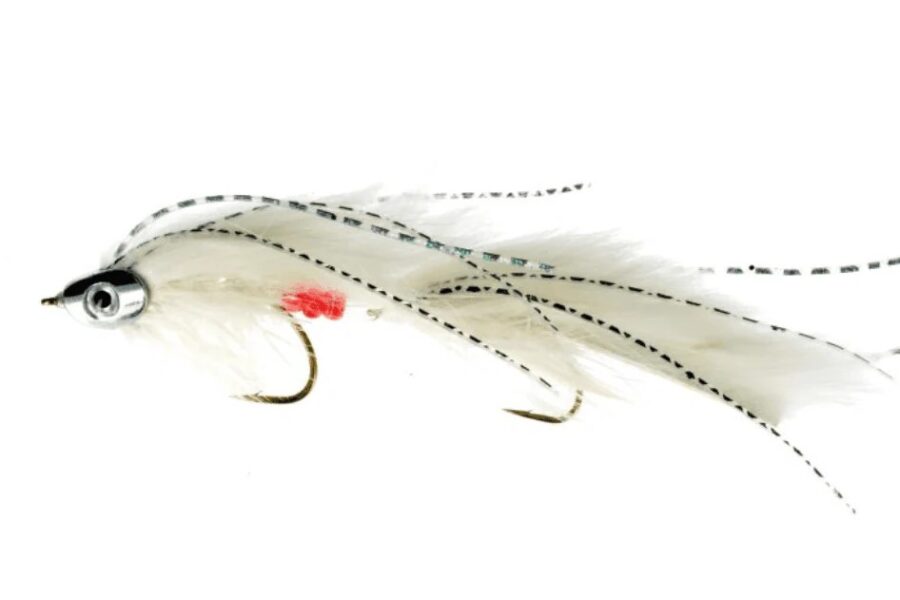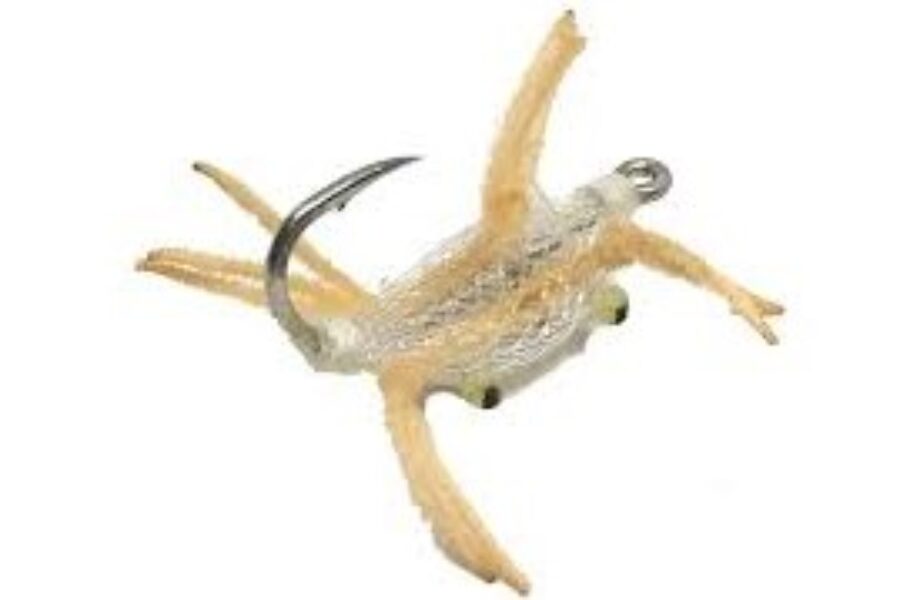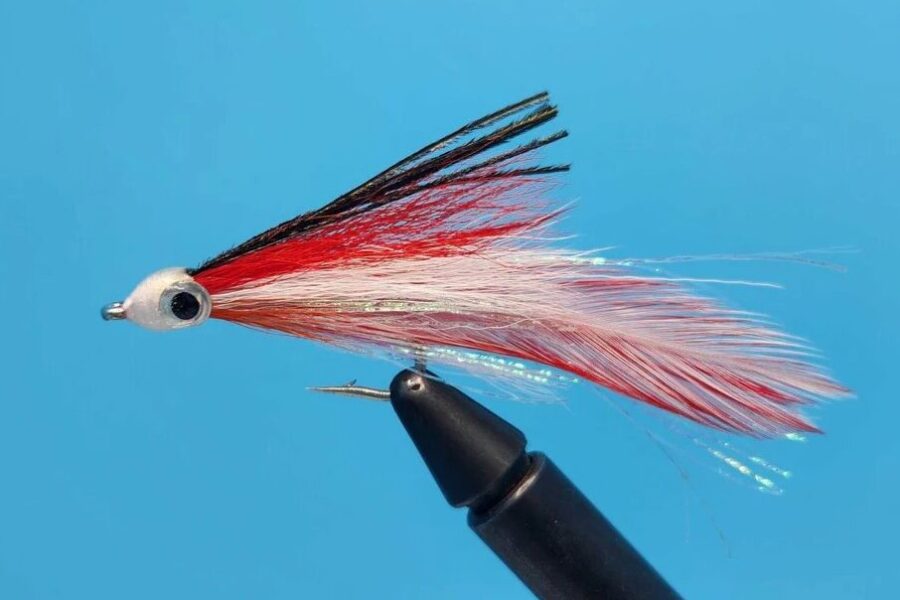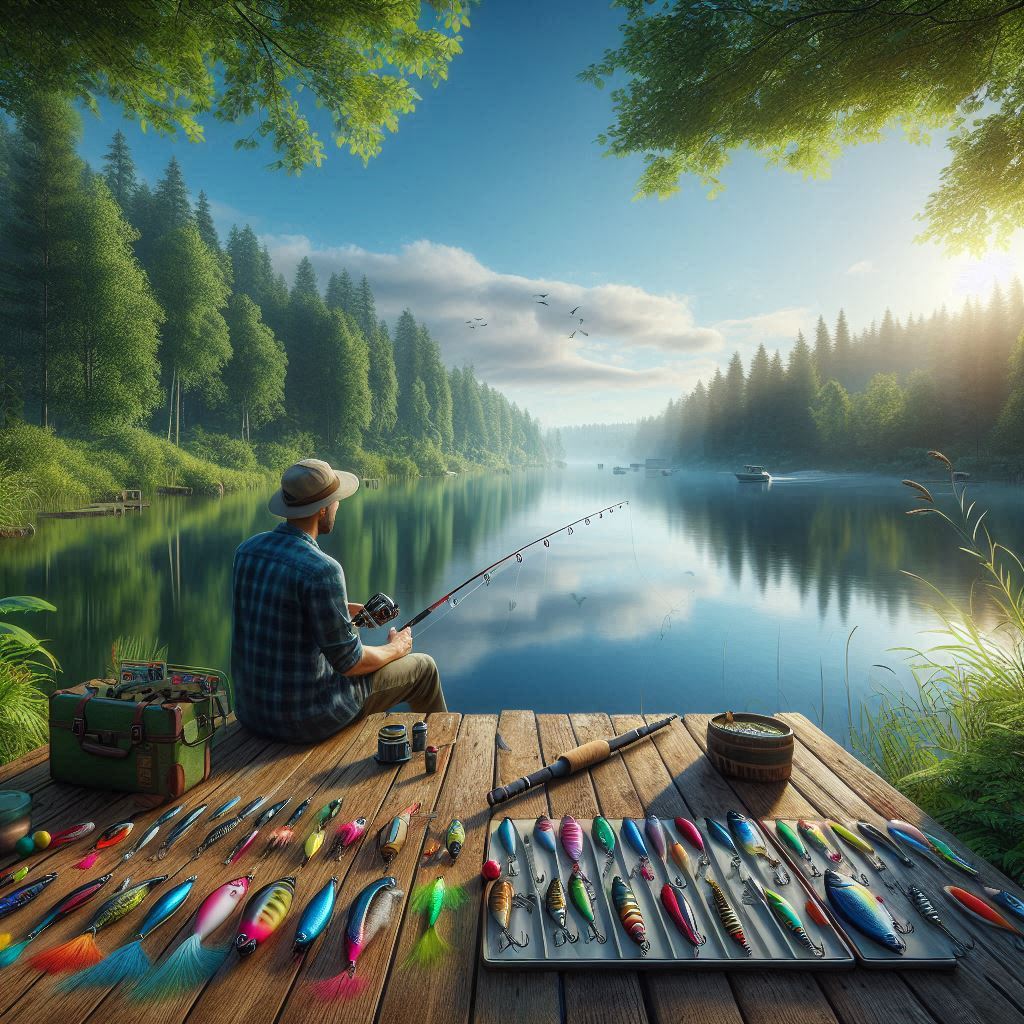How To Determine What Lure To Use
Fishing is a beloved pastime and sport enjoyed by people all around the world. From casual weekend anglers to serious competitive fishermen, the appeal of fishing spans all ages and cultures. Among fishing enthusiasts, you’ll often find individuals with their own arsenal of tricks and techniques designed to give them an edge in catching the big one. While some fishermen may be reluctant to divulge their secrets, in this article, we’ll explore a few essential tips to help you determine what lure to use and improve your overall fishing success.
Foundation Skills for Successful Fishing
Essential Hook Maintenance
One of the most crucial fishing tips anyone can learn is to always ensure your hooks are sharp. A well-sharpened fishing hook increases the likelihood of a fish remaining securely hooked when you reel it in. It’s essential to check the sharpness of your hooks regularly, and if you find that they have become dull or worn, replace them promptly. A sharp hook not only improves your chances of landing a catch but also minimizes the risk of injury to the fish, particularly if you plan to practice catch-and-release.
Strategic Fishing Location Selection
When seeking out prime fishing spots, look for areas where insects tend to gather, such as near the edges of banks or around overhanging trees and shrubs. Fish that feed on insects will often congregate in these areas, making them excellent locations to cast your line. Just be mindful of any grass or weeds that could potentially snag your hook or line.
Advanced Fishing Techniques
Night Fishing with Illuminated Equipment
For those who enjoy fishing at night, using lighted bobbers can be a game-changer. These specialized bobbers contain a small bulb inside that illuminates when a fish strikes, making it easier to detect bites in low-light conditions. Lighted bobbers not only increase your visibility but also add an element of excitement to night fishing, as you watch the bobber suddenly light up with each nibble.
Natural Bait Strategies
While artificial lures have their place, many anglers swear by the effectiveness of live bait. Fish are naturally attracted to the insects and prey that inhabit their local environment. By using live bait that mimics these natural food sources, you can increase your chances of enticing a bite. Consider collecting insects near the water’s edge or using live minnows or worms to appeal to the fish’s instincts.
Essential Fishing Skills and Conservation
Professional Fish Handling Methods
When you successfully reel in a catch, it’s important to handle the fish with care, especially if you plan to release it back into the water. Before removing the hook, wet your hands thoroughly to avoid stripping away the fish’s protective slime coat, which helps keep its skin moist and healthy. If you intend to release the fish, do so gently and promptly to minimize stress and increase its chances of survival.
Mastering Critical Knot Techniques
The clinch knot is a fundamental and highly effective knot for attaching a lure or hook to your fishing line. Taking the time to learn and practice tying the clinch knot properly can save you frustration and lost fish in the long run. A well-tied clinch knot will ensure a secure connection between your line and the lure, allowing you to focus on the task at hand – catching fish.
Environmental Stewardship in Fishing
As a responsible angler, it’s crucial to respect not only the fish you catch but also the environment in which they live. Remember that nature belongs to all living creatures, and their survival depends on the health and balance of their ecosystem. Strive to minimize your impact on the land and water by practicing leave-no-trace principles, properly disposing of trash, and following local fishing regulations.
Understanding Fishing Conditions
Weather Impact on Fishing Success
Weather plays a significant role in fishing success, and it’s essential to take it into account when planning your fishing trips. While the ideal fishing conditions may vary depending on the species you’re targeting and the body of water you’re fishing, an overcast sky with minimal wind is generally considered favorable. If you find yourself fishing on a windy day, try to find sheltered areas or adjust your technique to compensate for the wind’s impact on your casting accuracy.
Optimal Fishing Times
Many experienced anglers know that fishing action tends to slow down during the middle of the day, particularly around noon. Instead of getting discouraged by a lack of bites during this time, use it as an opportunity to take a breather, enjoy a nice long lunch, and recharge for the afternoon ahead. As the sun begins to dip lower in the sky, the fishing often picks up again, so be ready to resume your efforts with renewed energy.
Advanced Lure Selection and Usage
Strategic Lure Selection
One of the most important aspects of successful fishing is choosing the right lure for the situation at hand. The ideal lure will depend on factors such as the season, the location of the fish, and the species you’re targeting. Each lure is designed to mimic different prey and works best in specific locations and conditions. Developing a deep understanding of how various lures behave and when to use them is a skill that comes with time and experience. Don’t be afraid to experiment with different lures and techniques until you find what works best for you.
Professional Landing Techniques
When using a net to land a fish, it’s essential to approach the fish from the head rather than the tail. Attempting to scoop up a fish tail-first may startle it, causing it to thrash and potentially break your line in an effort to escape. By netting the fish head-first, you can minimize the risk of losing your catch and ensure a smoother landing process.
Responsible Fishing Practices
Conservation Through Catch and Release
While it’s tempting to keep every impressive fish you catch, it’s important to practice responsible catch-and-release when appropriate. If you reel in a particularly large fish that is significantly bigger than others of its kind, consider releasing it back into the water rather than keeping it for consumption. These mature fish play a vital role in maintaining the health and genetic diversity of their population, and releasing them allows them to continue contributing to the ecosystem.
Family Fishing Safety
Introducing children to the joys of fishing can be a wonderful bonding experience, but safety should always be the top priority. Never allow children to attach bait or handle hooks unsupervised, as even small injuries can be painful and potentially dangerous. Ensure that children wear appropriately sized life jackets when fishing from a boat, and always keep a close eye on them near the water’s edge.
Adaptive Fishing Strategies
While it’s natural to develop favorite fishing spots over time, it’s important not to become too reliant on a single location. Conditions can change, fish populations can shift, and what worked well one season may not be as productive the next. Be open to exploring new areas and trying different techniques, even if it means stepping out of your comfort zone. Adaptability is key to long-term success in fishing, and embracing new challenges can lead to exciting discoveries and memorable catches.
In conclusion, determining what lure to use is just one aspect of becoming a successful angler. By focusing on the fundamentals, such as keeping your hooks sharp, using the right bait, and respecting the environment, you can lay the foundation for a lifetime of enjoyable fishing experiences. Remember that fishing is as much about the journey as it is the destination, and every moment spent on the water is an opportunity to learn, grow, and connect with the natural world around you. As you continue to refine your skills and expand your knowledge, you’ll find that the rewards of fishing extend far beyond the thrill of the catch.

